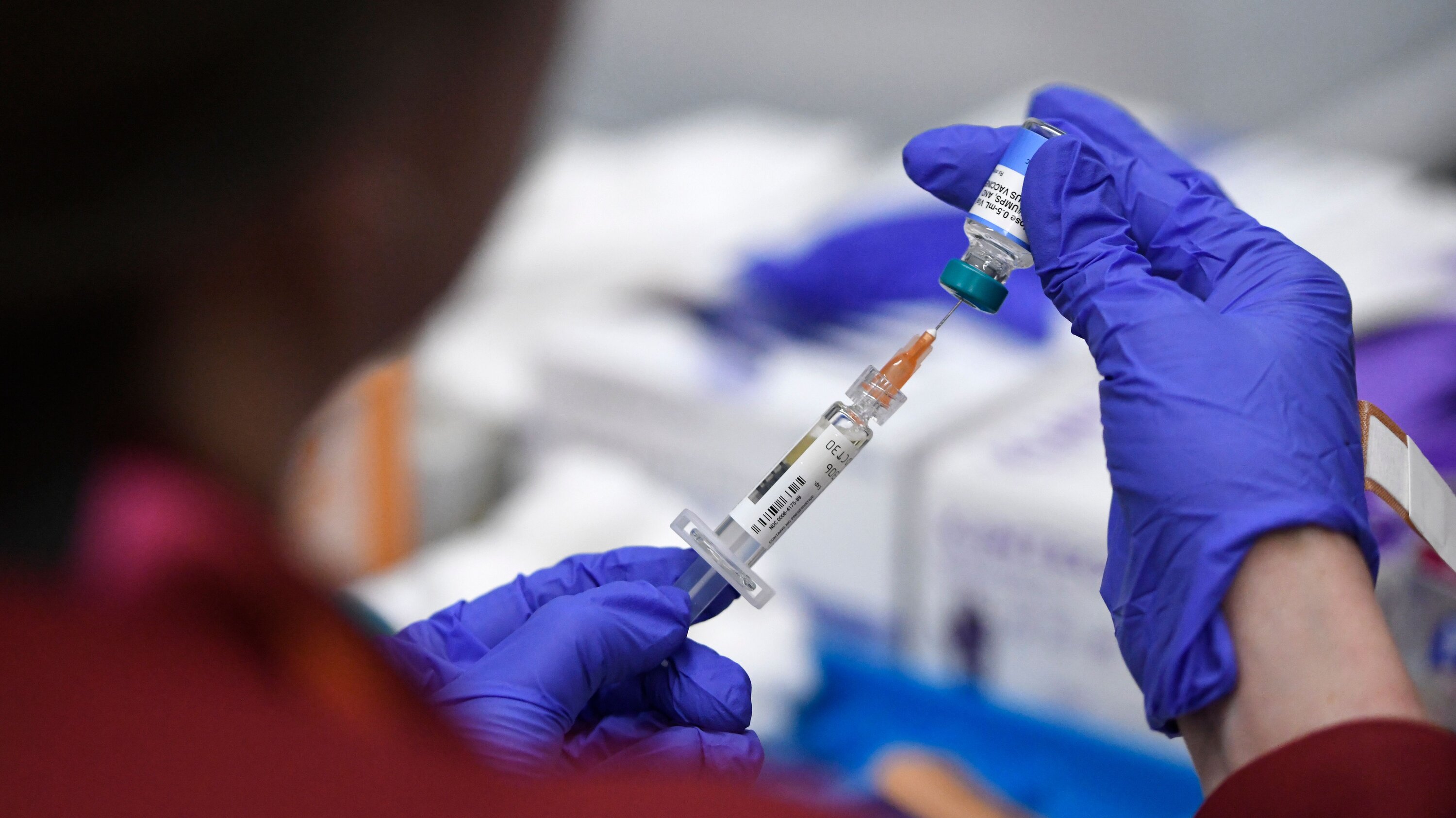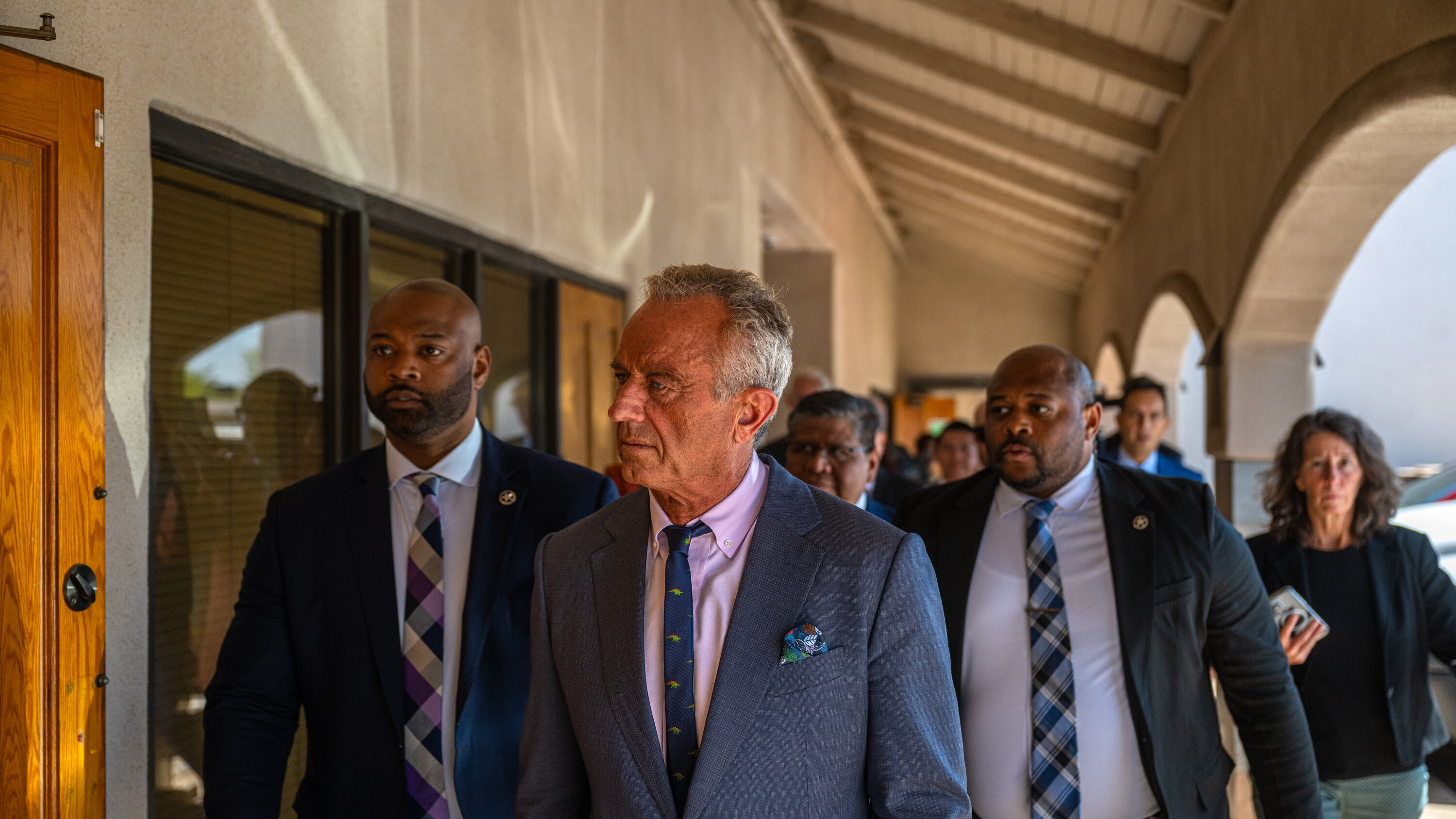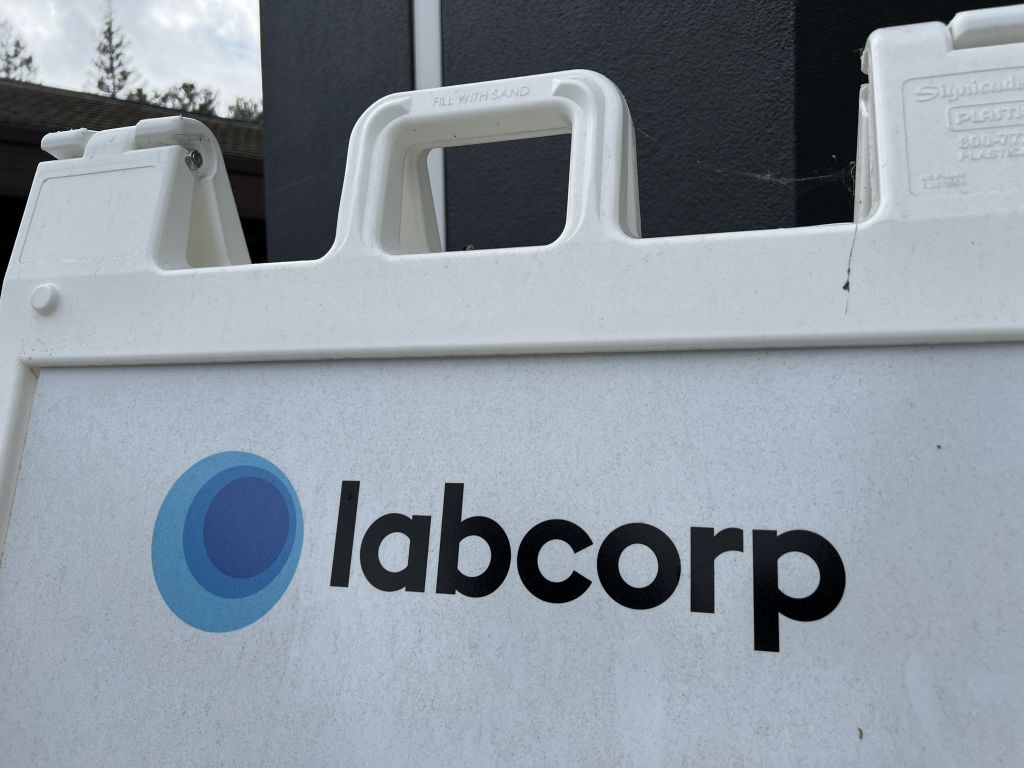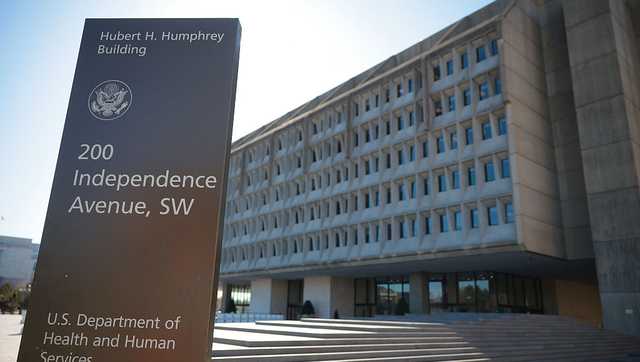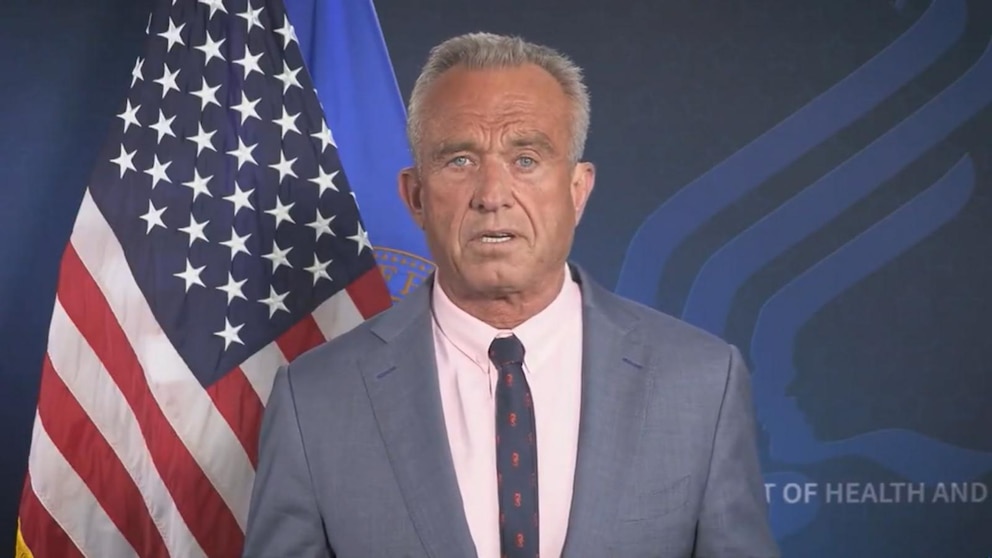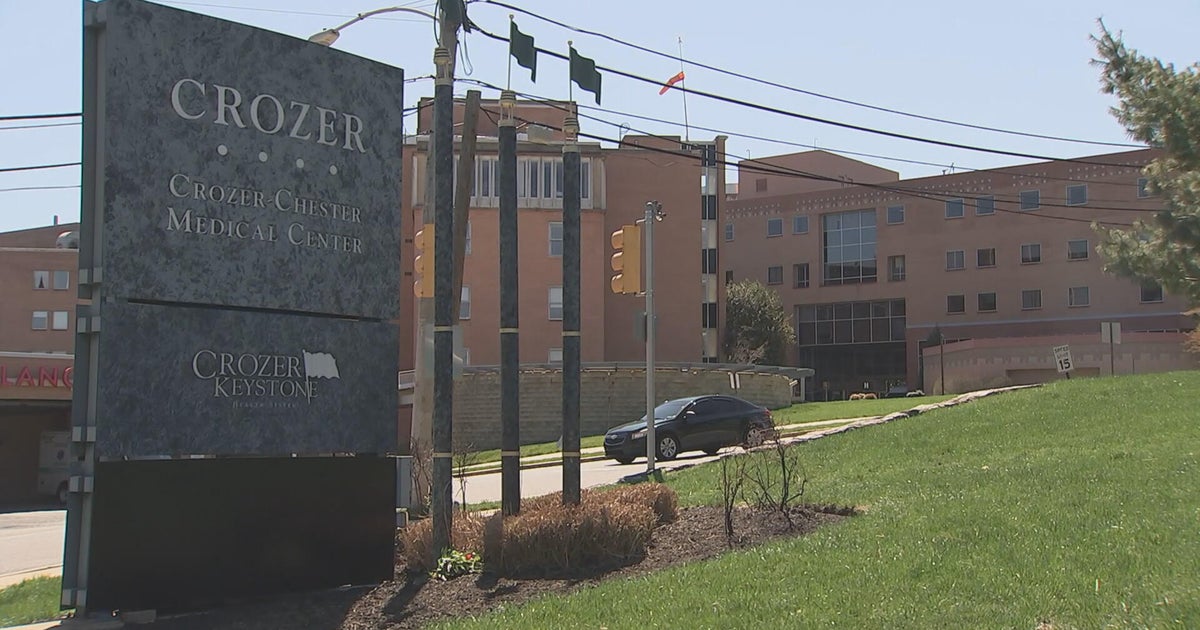Shock at Dawn: FDA Worker Discovers Job Fate Through Impersonal 5 AM Email Blast
Health
2025-04-03 16:00:30Content

In a significant workforce reduction, the Trump administration has cut approximately 10,000 critical public health professionals from their roles. These dedicated workers play pivotal roles in safeguarding public health, including tracking dangerous disease outbreaks, conducting vital medical research, and ensuring food safety across the nation.
The layoffs impact scientists and researchers who are on the front lines of protecting American communities, potentially compromising the country's ability to respond quickly to emerging health threats. These professionals are essential in monitoring potential epidemics, investigating medical breakthroughs, and maintaining the integrity of the food supply chain.
The sudden dismissal of such a large number of skilled public health experts raises concerns about the potential long-term consequences for national health preparedness and scientific research capabilities.
Scientific Workforce Decimation: Unraveling the Impact of Mass Layoffs in Critical Research Sectors
In an unprecedented move that sent shockwaves through the scientific community, a massive workforce reduction has struck at the heart of critical research and public health infrastructure. The sudden displacement of thousands of specialized professionals threatens to undermine years of meticulous scientific progress and potentially compromise vital national health monitoring systems.Disrupting the Frontlines of Scientific Innovation and Public Safety
The Human Cost of Institutional Restructuring
The abrupt termination of 10,000 highly skilled professionals represents more than just a statistical workforce reduction. These are dedicated scientists, researchers, and public health experts who form the critical backbone of disease surveillance, medical research, and food safety protocols. Each individual represents years of specialized training, institutional knowledge, and irreplaceable expertise that cannot be quickly or easily replaced. The impact extends far beyond mere employment statistics. These professionals play a crucial role in protecting public health, tracking potential disease outbreaks, conducting groundbreaking medical research, and ensuring the safety of the nation's food supply. Their sudden removal creates significant vulnerabilities in critical scientific infrastructure that could take years to rebuild.Systemic Implications for Scientific Research and Public Health
The layoffs represent a profound disruption to ongoing research initiatives and public health monitoring systems. Specialized teams dedicated to tracking emerging diseases, analyzing medical data, and implementing food safety protocols have been dramatically reduced, creating potential gaps in national health surveillance. Research continuity becomes a significant concern. Long-term studies, complex medical investigations, and intricate disease tracking mechanisms rely on consistent, specialized expertise. The sudden removal of these professionals threatens to derail critical scientific projects that may have been years in development.Economic and Institutional Repercussions
Beyond the immediate human impact, these layoffs have far-reaching consequences for scientific institutions and national research capabilities. The loss of institutional knowledge represents an intangible yet profound economic setback. Specialized skills developed over years of dedicated research cannot be quickly replicated or replaced. Moreover, the reduction in scientific workforce potentially compromises the United States' global competitive edge in medical research and public health innovation. International collaborations, ongoing research projects, and future scientific developments may be significantly impacted by this dramatic workforce reduction.Psychological and Professional Trauma
The professional community experiences profound psychological and career-related challenges in the wake of such widespread layoffs. Highly trained professionals suddenly find themselves displaced, with years of specialized expertise potentially rendered temporarily obsolete. The uncertainty created by such massive workforce reductions extends beyond individual careers, affecting entire research ecosystems. Scientific communities, research institutions, and collaborative networks face significant disruption and potential long-term structural changes.Future Outlook and Potential Recovery Strategies
Rebuilding and recovering from such extensive workforce reduction will require comprehensive, strategic approaches. Scientific institutions must develop innovative recruitment strategies, create supportive transition mechanisms, and develop robust frameworks for retaining and nurturing specialized scientific talent. Potential solutions may include targeted retraining programs, collaborative research initiatives, and strategic investments in scientific human capital. The scientific community must demonstrate remarkable resilience and adaptability in the face of these unprecedented challenges.RELATED NEWS
Health
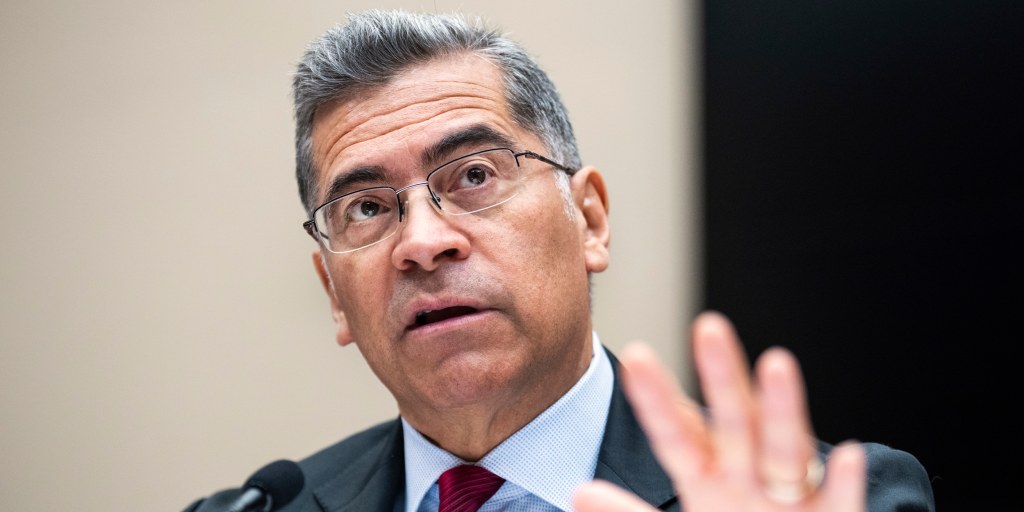
California's Political Landscape Shifts: Xavier Becerra Launches Gubernatorial Bid
2025-04-03 13:32:55
